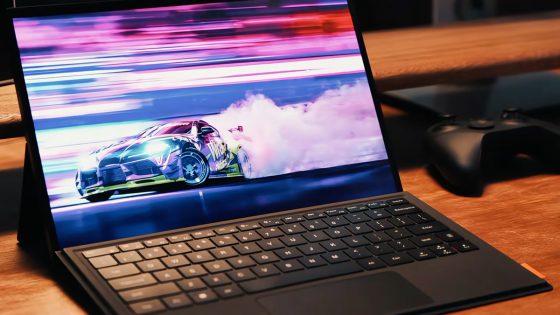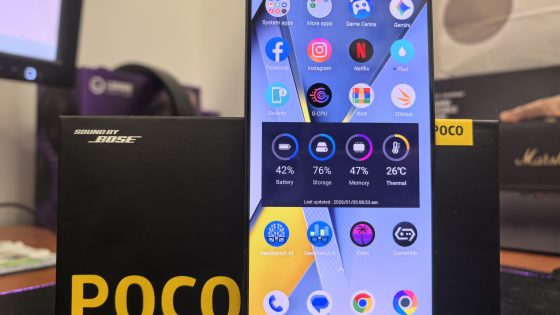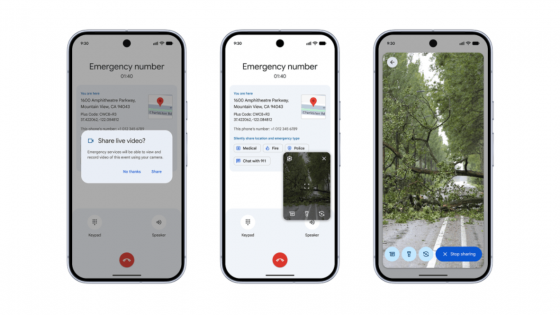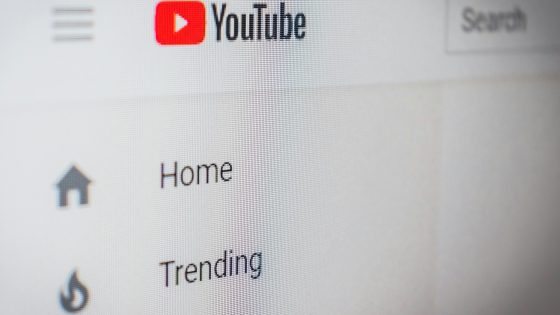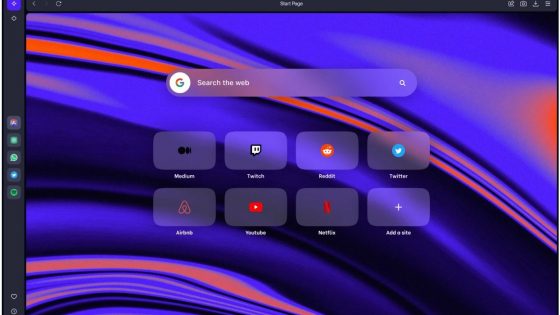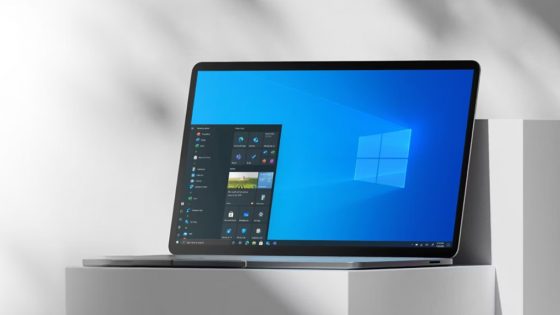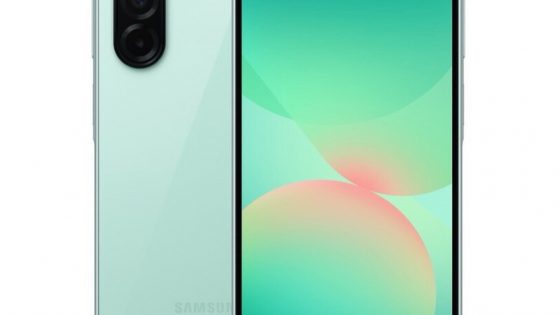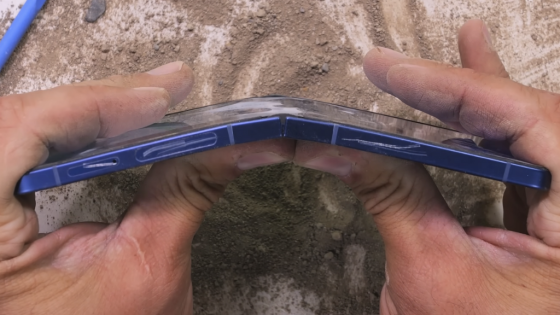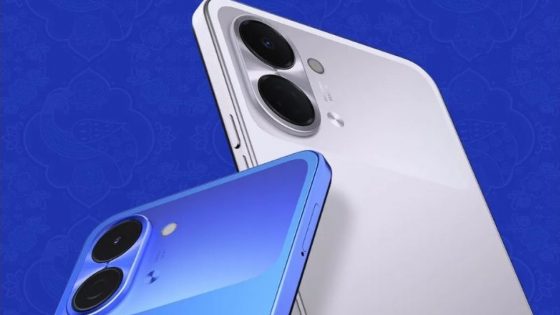Smartphone addiction is real, it's up to all of us to take action
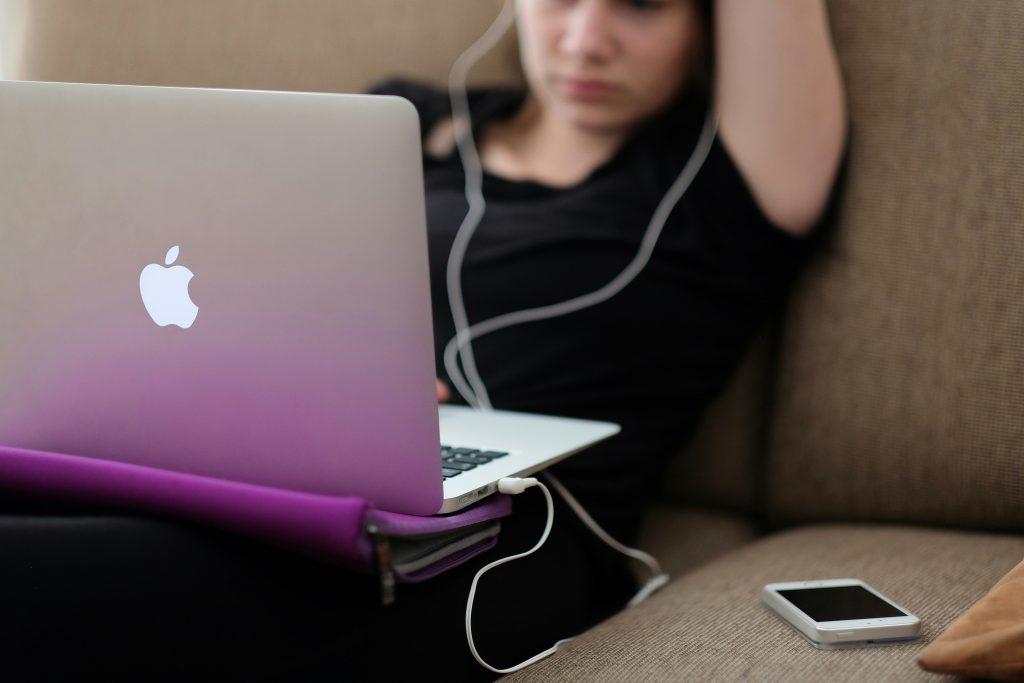
If you feel like you're being controlled by your smartphone, you're not alone—smartphone addiction is a real thing. So, it is necessary to talk about it and think about how to deal with it.
It has happened to all of us that we lost whole days to social networks or mobile games or even to marathon watching of our favorite TV shows. While it's not entirely harmful if it happens occasionally, there's a good chance it happens more often than you'd like to admit.
Unfortunately, this is quite normal.
So let's see what are the biggest dangers of spending too much time in front of screens, where are healthy limits and how to become responsible for your actions.
What do the experts say?
Despite their benefits, excessive use of smartphones is associated with a number of negative effects on physical and mental health. The following is far from a complete list of the harmful effects that excessive use of digital devices has on the average person, but it is comprised of well-researched phenomena.
Myopia as an epidemic
Excessive screen time is linked to the development of myopia. It turns out that looking at screens for too long can physically change the structure of the eyeball, causing it to lengthen from front to back.
This elongation interferes with the eye's ability to properly bend light, which is necessary for sharp distance vision.
Some experts believe that by 2050, more than 50 % people will have problems with myopia. This is especially true for children, whose eyes are more likely to be deformed by increased screen use.
Apple has a setting that helps with this too. Any iPhone with Face ID can automatically remind you to hold your phone at least 12 inches away from your face.
To enable this setting, follow the instructions below.
How to enable screen-to-eye distance reminders
- Open the app "Settings“
- Select “Screen Time“
- Select “Screen Distance“
- Turn on "Screen Distance“
Once you've got these settings in order and you're holding your iPhone closer than 30 centimeters to your eyes, a full-screen reminder will appear to remind you to hold the phone further away from your face. This setting can help reduce eye strain and reduce the chance of nearsightedness in children as well as the elderly.
Chronic dry eye problems
In addition to myopia, excessive use of screens significantly increases the chances of chronic dry eye problems. When we use smartphones and tablets, we squint significantly less, which is a big problem.
Some studies, although somewhat limited, have shown a link between excessive smartphone use and dry eye disease.
It turns out that you need to squint regularly. Blinking acts like a windshield wiper to remove irritants and re-moisturize the eye, and blinking itself signals your body to start producing tears.
So, if you blink less, you produce fewer tears, which can cause your tear glands and tear ducts to atrophy, resulting in less eye fluid overall.
The risk is greatest in children, and chronic dry eye is also on the rise in adults.
Smartphone use can harm your mental health
Smartphones haven't really been around that long, but they're already affecting our mental health. While studies are still in their infancy, many of them show that increased smartphone use is strongly linked to the development of depression, anxiety and even suicidal thoughts.
Experts mainly focus on the constant stream of notifications and updates, which is said to cause anxiety. This is often called FOMO – or fear of missing out – among younger users.
But it's not just the fear of being late. There is also a growing sense of isolation and inadequacy here. You can feel inadequate very quickly when Instagram shows you videos of beautiful vacations, neat outfits and smiling faces.
All the time, it is necessary to be aware that something is shown that is visually attractive and in most cases not realistic.
Smartphone addiction
Smartphones in themselves are not necessarily a bad thing. They help us keep in touch with our loved ones, allow us to capture special moments with handy cameras and protect us in dangerous situations.
The platforms that arose because of them, however, are another story.
Social networks are designed to be addictive by constantly learning what you're more likely to look at and then showing you more of it. Therefore, your timeline will look different from all the people you know. To a large extent, this kind of user experience is implemented so that you use the platforms as much as possible and see as many ads as possible.
Mobile games are another area where the topic of addiction is very relevant. For example, “blind-box” or “gacha” style games encourage users to buy rare in-game items and characters.
Similar to evergreen lottery tickets, players can easily spend a lot of money without realizing it, as purchases are often rationalized as being relatively cheap. The amounts are small and therefore a person can do them several times.
Such and similar mechanisms are most dangerous for people under 25 years of age. The prefrontal cortex, the part of the brain responsible for impulse control, is not fully developed in this age group.
It is also especially dangerous for people who have any kind of impulse control problem. This includes people with substance abuse disorders, mental illnesses such as obsessive-compulsive disorder and major depressive disorder, and neurodevelopmental disorders such as ADHD and autism.
Limiting the use of screens
So, you may be wondering what the next step is. It's important to point out that we're not suggesting that you completely shut down and throw your iPhone, iPad, or computer in the nearest trash can. Also, we don't suggest you delete your X, Instagram and any other accounts.
However, as always, everything in moderation. Limiting your screen time can have many positive effects on your physical and mental health. Of course, it will be difficult at first, but it will get easier.
Our first suggestion is to become familiar with your current habits.. This is how Apple automatically tracks your screen time on your iPhone and iPad. Knowing how much time you use your devices can help you figure out how to reduce that time.
To check your screen time on iPhones and iPads, you can open the app “Settings” and then select “Screen Time.
Here you'll see a quick overview of how often you use your devices, and you might be surprised at how often you actually use them.
Experts suggest aiming for two hours of “personal” screen time per day, and that doesn’t just mean using your phone. This includes all screens—gaming, phones, web browsing, and TV.
If your numbers are particularly high, we suggest starting with a moderate reduction. For example, if you spend eight hours a day in front of a screen, figure out where you can set some limits. We suggest limiting your time on TikTok, Instagram, Facebook and other social networks.
How to limit the use of individual applications on iPhone and iPad





